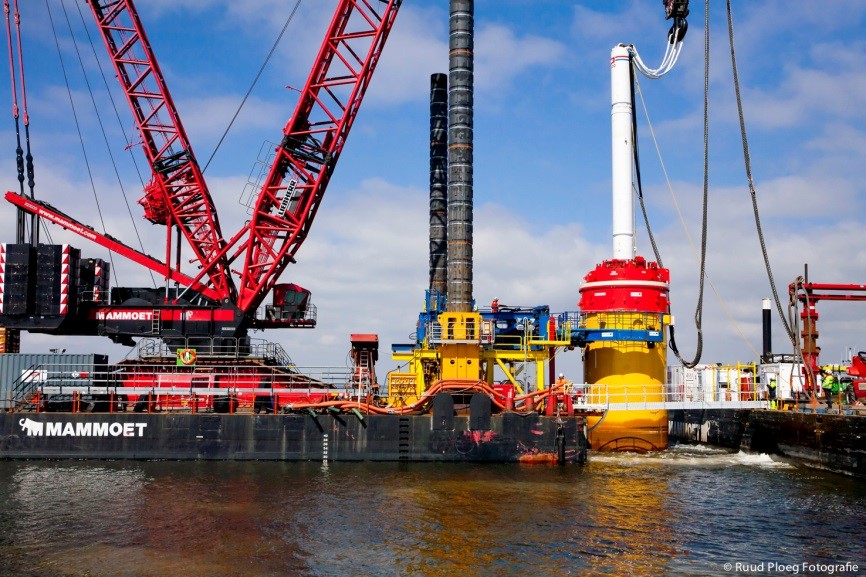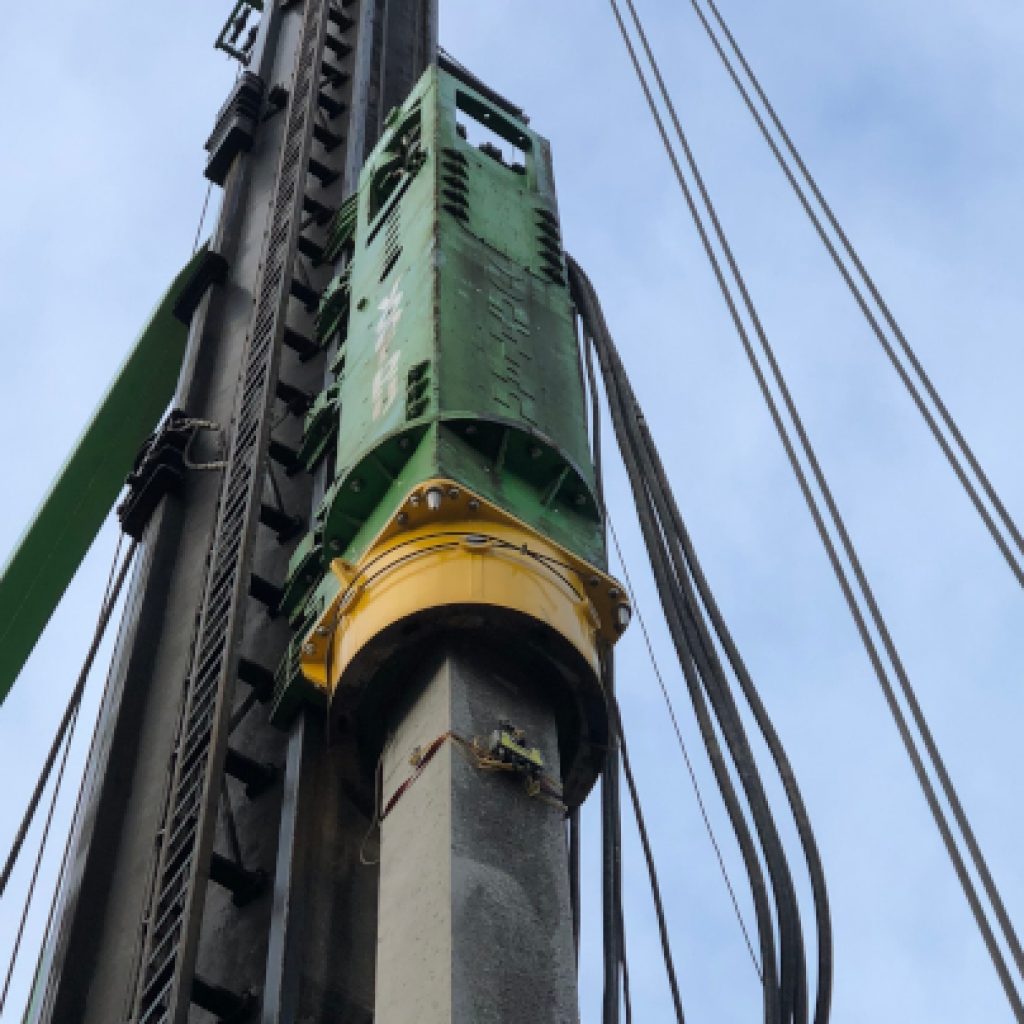AllWave-PDP
Driveability Software for Impact Driving
AllWave-PDP: Driveability software for Impact Driving
AllWave-PDP is a powerful tool for driveability studies for impact driving. To install deep foundations, mono piles, offshore wind foundations, etc. requires advanced software to predict the behavior of the total of pile, soil and hammer during installation. AllWave-PDP helps to select the hammer type, the expected penetration depth, blow counts, soil resistance, etc.
Key Characteristics
- For onshore and offshore piling
- Method of Characteristics for accurate simulations
- Soil models for both impact and vibratory driving, including soil fatigue
- Easy to operate, extensive hammer library
- Generate input data for pile fatigue analysis
- Back analysis with Allnamics PDA and VDA
- Automation options
StatRapid is one of the methods of Rapid Load Testing

AllWave-PDP
AllWave-PDP is one of the modules of the AllWave Stress Wave Simulation Software Package: Including programs for onshore and offshore driveability studies for impact and vibratory hammers. AllWave-PDP is dedicated to impact pile driving and AllWave-VDP is developed for vibratory driving.
AllWave is a Wave Equation Program based on the Method of Characteristics for one-dimensional stress waves and offers the possibility to simulate the soil behavior according to various soil models (TNO, Smith and Randolph).

Driveability study?
Being capable of predicting pile behaviour during driving is vital to minimise the risk of early refusal. Early refusal will require remedial actions to be taken in order to reach design depth, with possibly large financial consequences. These remedial actions may be:
- To continue driving with the same hammer, risking damage to both hammer and pile
- To continue driving with a bigger hammer, assuming the pile is strong enough to resist the higher stress levels
- To remove the internal soil plug or remove soil around the pile or sheet pile, even though this could result in a lower bearing capacity when the pile is driven to the final penetration depth.

AllWave Software Package
The programs of the AllWave Software Package are all based on the one-dimensional stress wave propagation. Available are
Automation and Batch files
The AllWave programs are fully equipped for automation by means of batch files. There are multiple commands to take care of reading data, executing/running dedicated parts of AllWave, and the generation of output text files and reports in Word and PDF format.
Allwave-PDP modeling of pile, hammer and soil
The program enables the modelling of the impact hammer, the pile, and soil resistance in a realistic way.
Accurate input values for all these parameters can be obtained from the database integrated in the program, which contains models for hammers (hydraulic, diesel and more) and also static and dynamic parameters for a variety of soils.
Results AllWave-PDP
Typical results of an AllWave-PDP driveability analysis are (among many others):
- Blow count versus depth diagram. This graph shows if the pile can be driven up to design depth. Blow counts exceeding predefined criteria for both hammer and pile indicate refusal.
- Maximum penetration depth. Essential for hammer selection and also provides the pile driving contractor an indication of the time required to drive the pile to target penetration. For field tests the graph can be used to check whether the pile behaves “normally”.
- Maximum stresses in the pile, both in compression and tension, as input for fatigue analysis.
Reporting options
The software includes a powerful report generator:
- Automatic generation in either a PDF or MS Word file
- Selection of graphics
- Page header
- Company name
- Page numbering
Soil Fatigue
One of the considerable advantages compared to other driveability prediction packages is AllWave-PDP’s advanced implementation of soil fatigue modelling. The soil model is updated with the soil fatigue at each simulated penetration level. Without proper soil fatigue modelling it is almost impossible to predict the blow counts and the depth of refusal of a pile in a reliable way.


Fatigue pile material
Results of drivability study with AllWave-PDP are the stresses at every level of the pile and its changing in time. Based on AllWave-PDP simulations, the stresses and its changes can be calculated and exported for fatigue analysis.
Application
- Determination of refusal depth
- Selection of required capacity of the impact hammer, including operating energy levels
- Determination of maximum pile stresses and fatigue of the pile material
PDA monitoring and AllWave-DLT Signal Matching
Allnamics has developed advanced monitoring equipment to perform measurements during the installation of (mono) piles by means of an impact hammer (PDA/DLT). Monitoring to control installation process, the performance of the hammer, control pile stresses, fatigue of pile material, etc.
With AllWave-DLT Signal Matching, the parameters for pile, soil and hammer used for simulations can be correlated to real measured values.
Allnamics ON YOUTUBE
- Pile Load Testing at Hamburg, Germany
- Rapid Load Testing for wind farms
- StatRapid tests
- Rapid Load Testing, DownTown at The Hague, The Netherlands
- StatRapid tests
- Offshore Dynamic Load Test
- Pile Driving Analysis Prefabricated Concrete Pile Junttan Hammer with Allnamics PDR
- Allnamics PDA Pile Driving Analysis for Offshore Monopile
- PDA and DLT tests in Egypt
- Dynamic Load Testing in Switserland
- Dynamic Load Testing and Pile Driving Analysis in Dover UK with slow motion of a hammer blow


